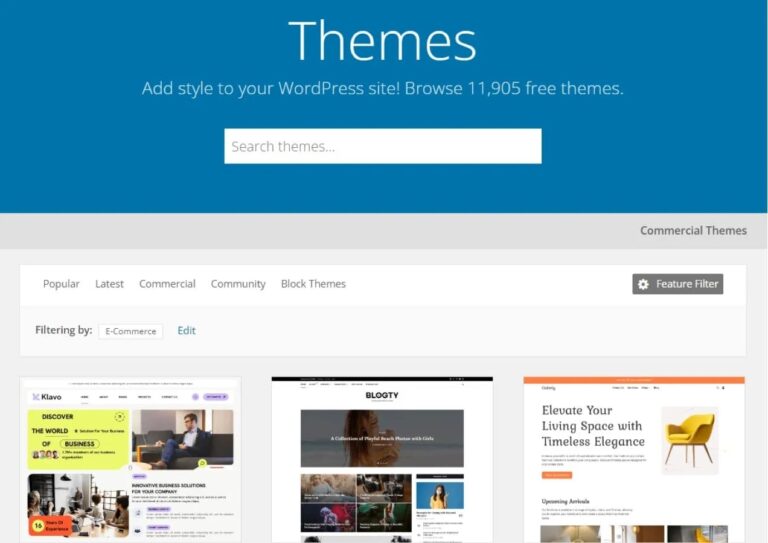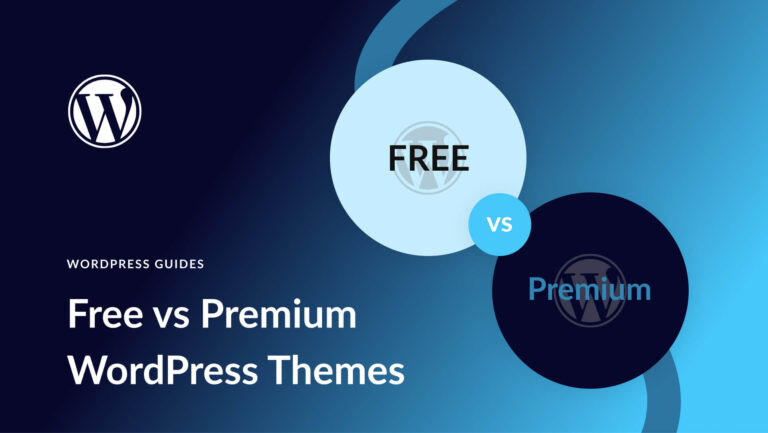Having an online portfolio is beneficial for creative professionals as it attracts new clients and allows for reflection on personal growth. However, it is important not to become too obsessed with the portfolio and add features solely for aesthetic purposes. This can indicate mixed priorities, as designers should focus on serving their current clients rather than impressing future ones.
The desire to showcase a wide range of skills is understandable, as designers may fear being labeled as one-dimensional. However, having a consistent style does not mean a lack of capability. Good design does not always have to be groundbreaking; it simply needs to look good and be easy to use and understand.
Browsing collections of cutting-edge designs can be inspiring but also discouraging. It is important to remember that not every project requires groundbreaking features, and there is value in being consistent. Consistency reassures clients that their needs will be taken care of.
The type of client and project greatly influences design choices. Different projects require different looks and features, depending on the client’s goals. While working within certain parameters may limit creativity, it is still possible to add a personal touch through layouts and micro-interactions.
Even if a project does not offer much room for creativity, designers can still make the most of it by adding their signature style. Attention to detail and small touches can make a difference and set a portfolio apart from the competition.
It is important for a portfolio to reflect the types of projects one wants to attract. If a designer wants to change their narrative, they can start a side project or focus on creating an impressive portfolio design to showcase more depth.
The purpose of a portfolio varies depending on the individual and their target audience. Freelance web designers may aim to demonstrate consistent quality over multiple projects, while 3D animators may prioritize creating a “wow” factor. Therefore, if past projects appear similar, it should not necessarily be seen as a negative. The success of each project should be considered when evaluating the portfolio.






